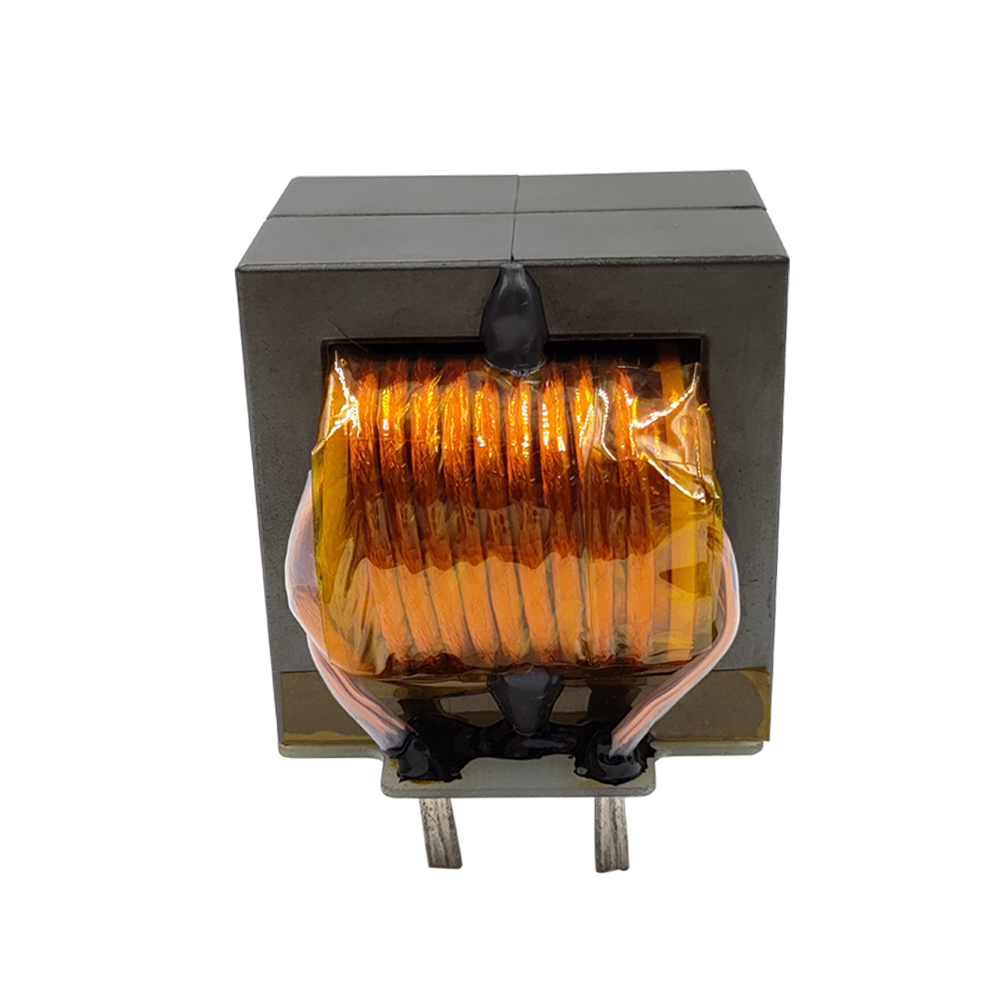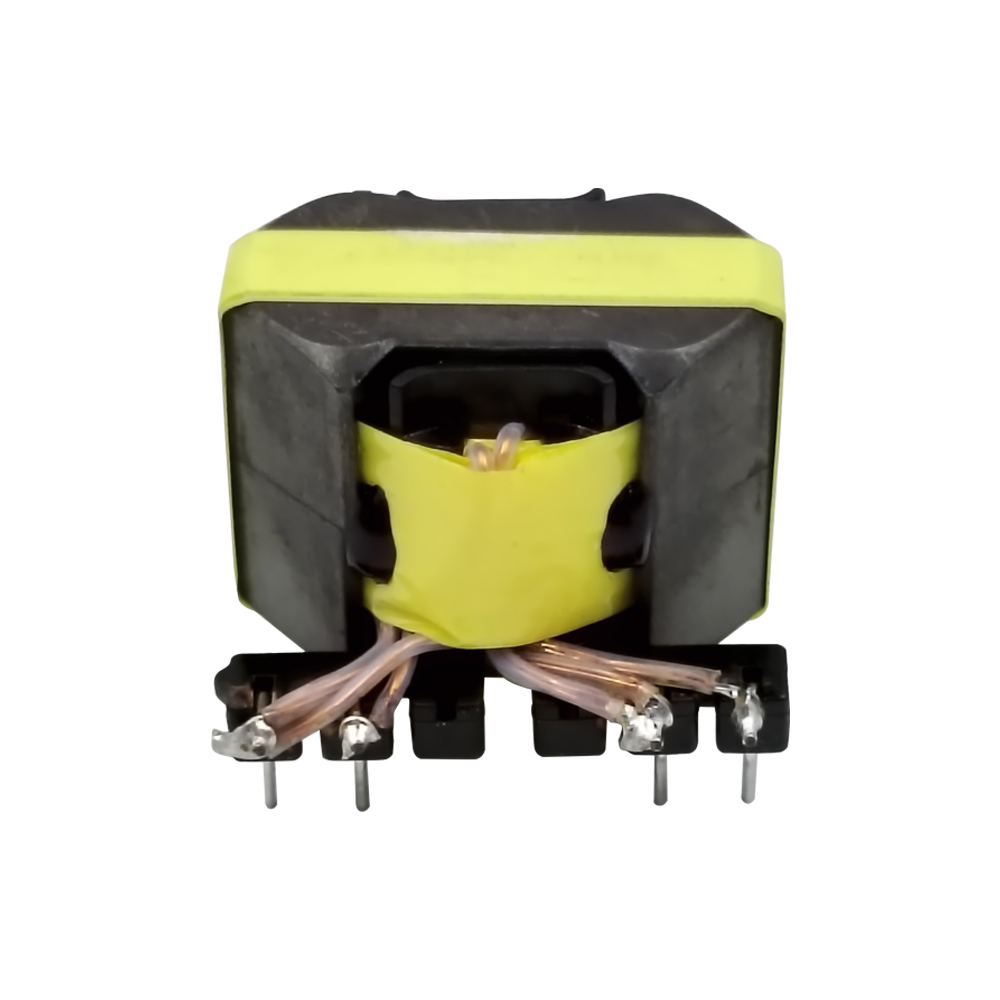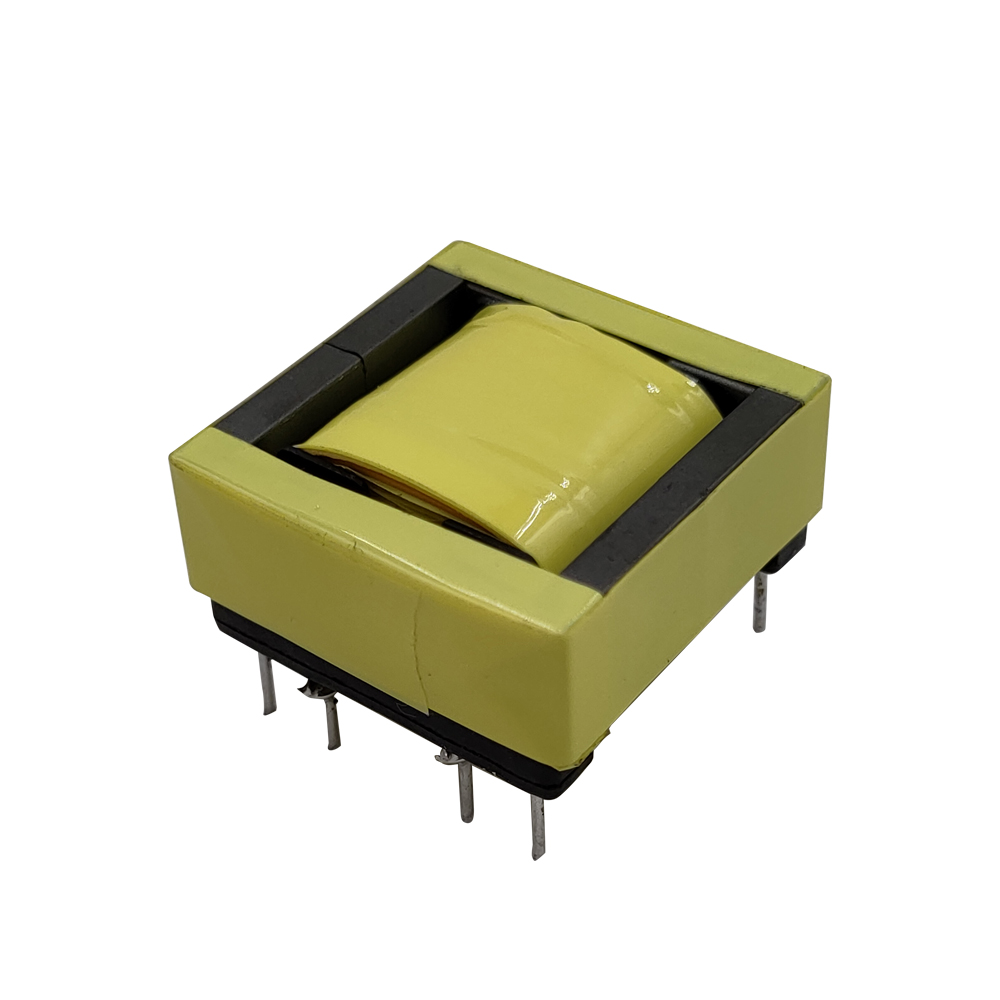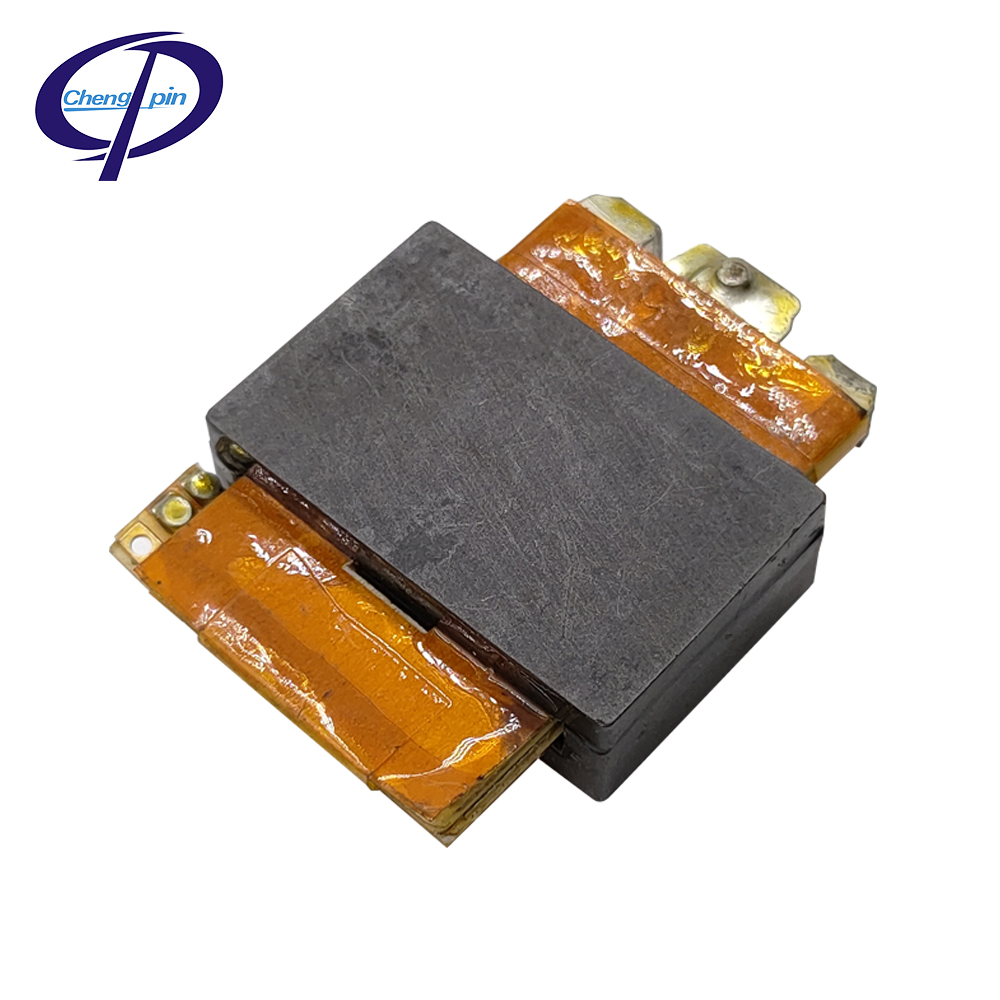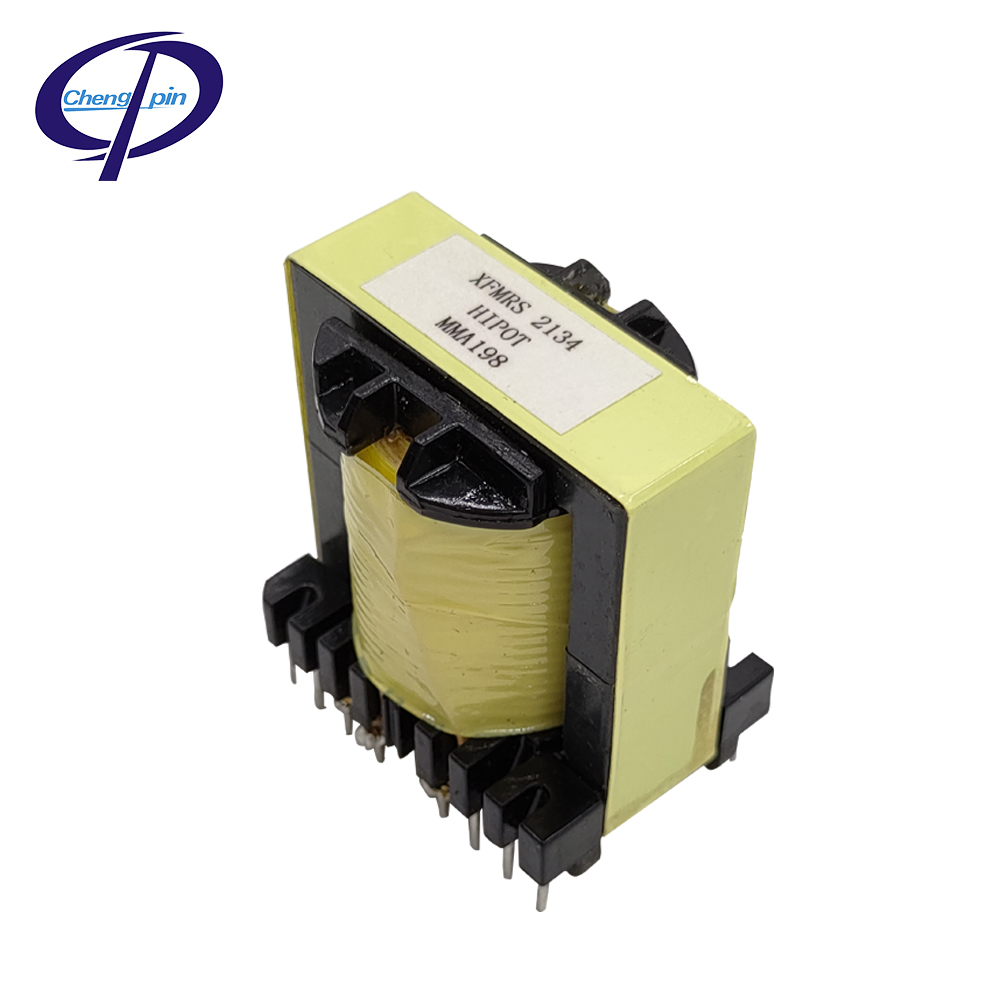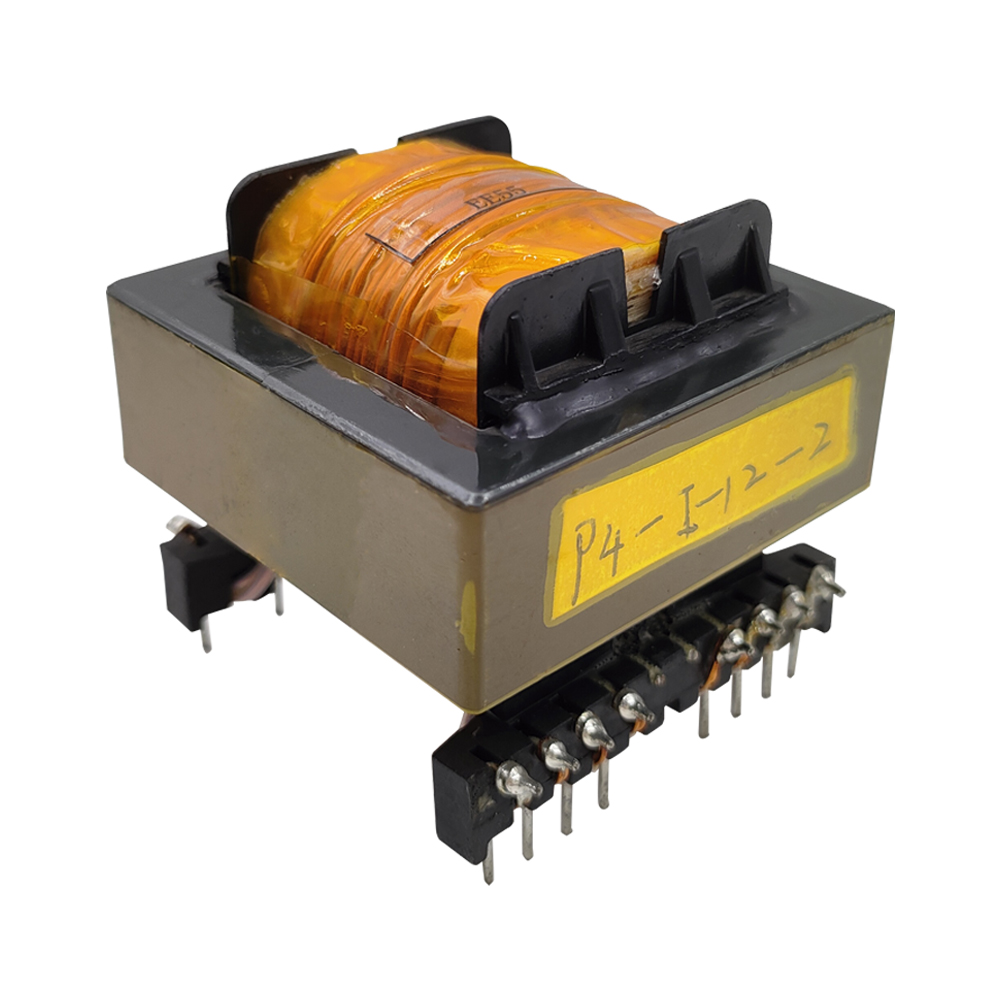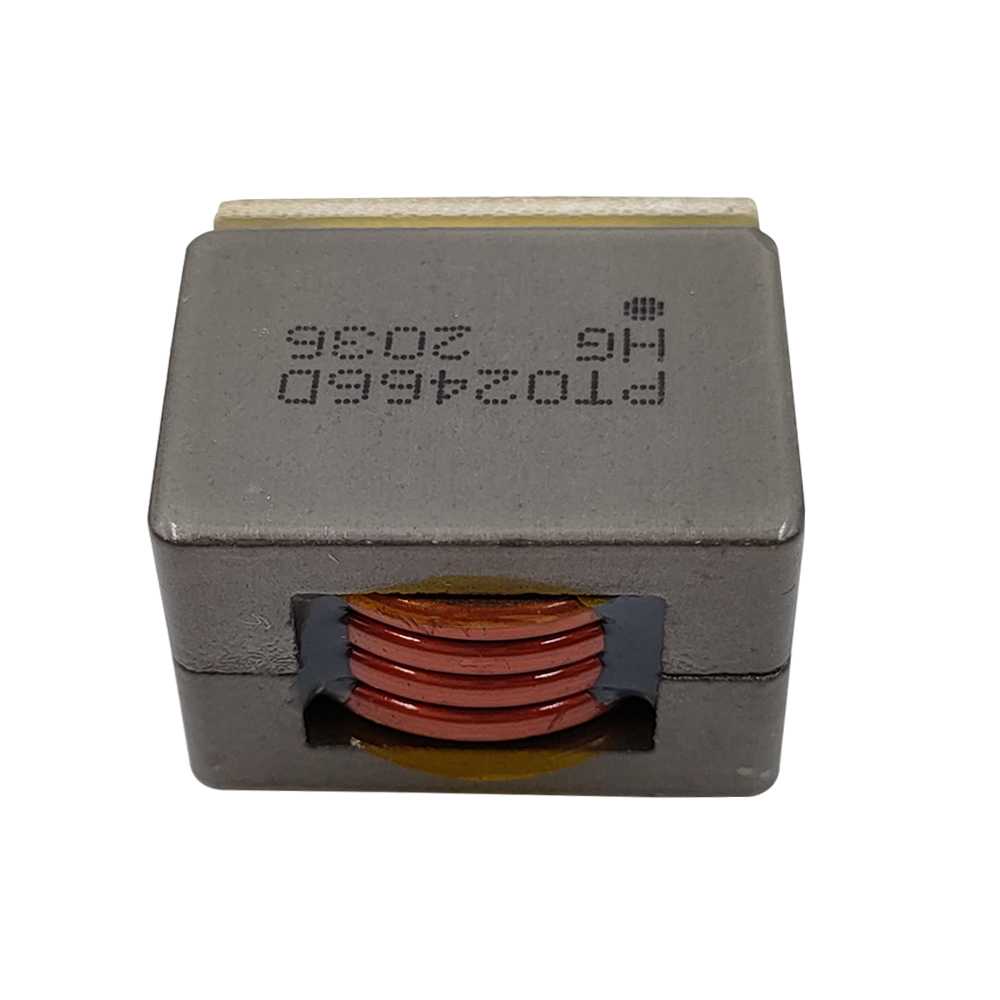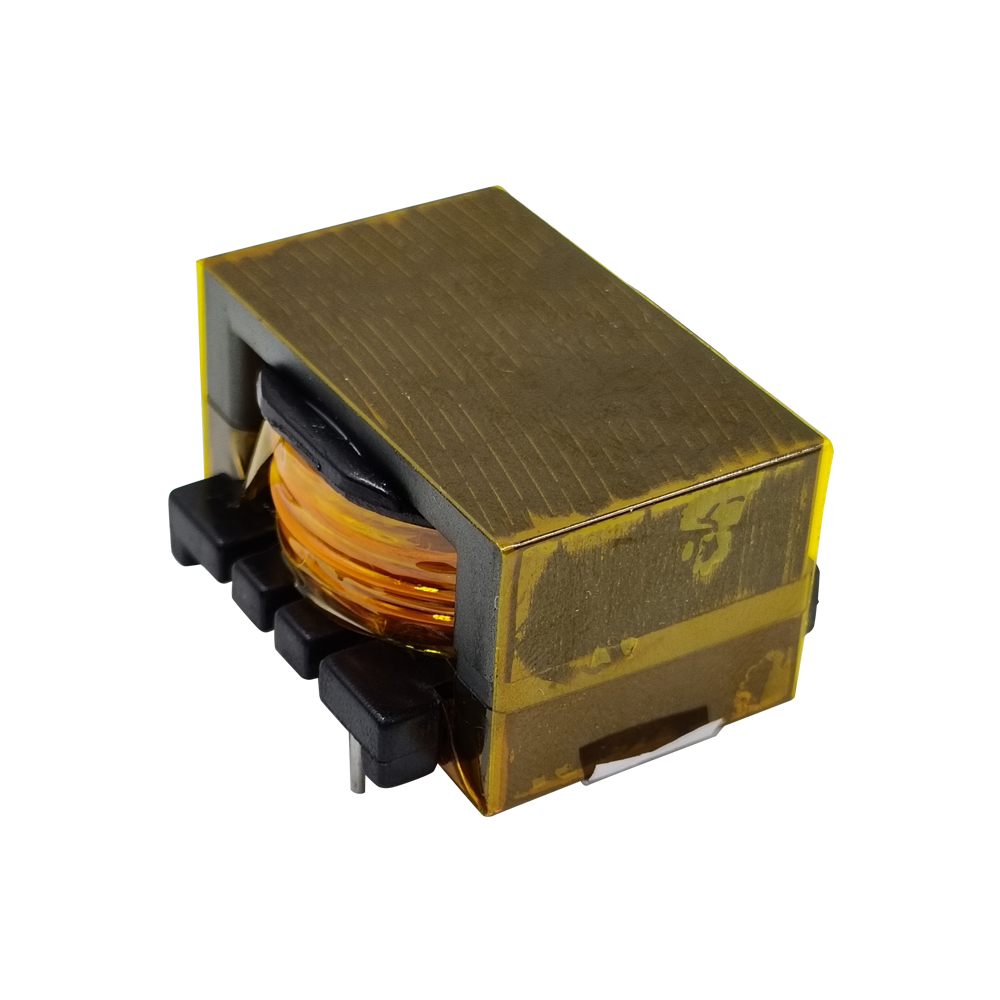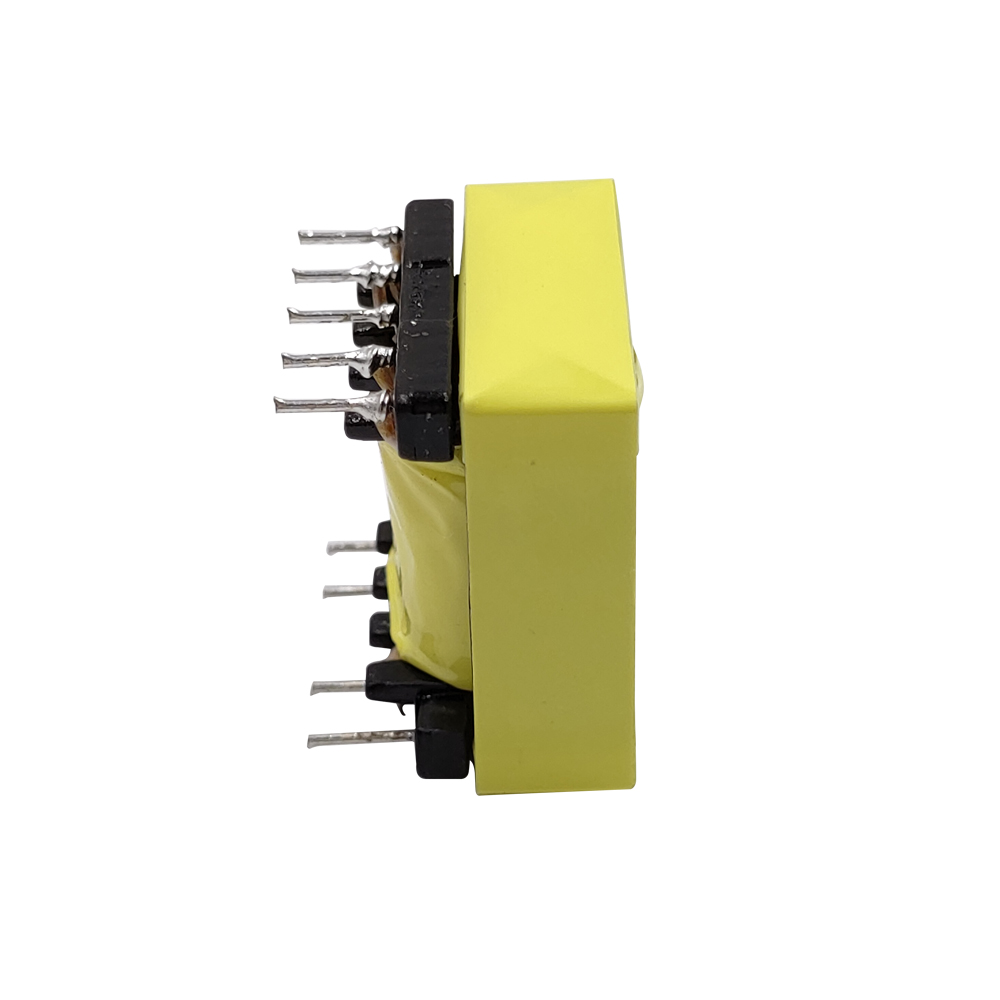Blog Categories
Featured Blog
What is the difference between a stent and a coil?
2024-12-28
Understanding the Difference between a Stent and a Coil in Medical Treatments
In the realm of modern medicine, especially in the field of interventional cardiology and neurology, stents and coils play crucial roles. However, many people might be confused about what exactly differentiates these two medical devices. In this blog post, we'll explore the distinct characteristics, applications, and how they function to help you gain a clearer understanding.
1. What is a Stent?
A stent is a small, tubular, mesh-like device, typically made of metal alloys such as stainless steel or nickel-titanium (Nitinol). It is designed to be inserted into a narrowed or blocked blood vessel, duct, or other tubular structures within the body.
When a patient has atherosclerosis, for example, which causes the arteries to narrow due to plaque buildup, a stent can be used. During an angioplasty procedure, a catheter with a deflated balloon and the stent attached is threaded through the blood vessels until it reaches the affected area. Once in place, the balloon is inflated, expanding the stent and pushing the plaque against the artery walls, thereby widening the lumen of the blood vessel. The stent then remains in place permanently, acting as a scaffold to keep the vessel open and ensure proper blood flow. This helps relieve symptoms like chest pain (angina) and reduces the risk of heart attacks.
Stents can also be drug-eluting, meaning they slowly release medications over time to further prevent restenosis, the re-narrowing of the vessel after the initial treatment.
2. What is a Coil?
Coils, on the other hand, are thin, wire-like structures, often made of platinum or other biocompatible materials. They are primarily used in the treatment of aneurysms, which are abnormal bulges in the walls of blood vessels, most commonly found in the brain.
In a procedure called endovascular embolization, a catheter is guided into the aneurysm sac. Then, tiny coils are carefully inserted through the catheter and pushed into the aneurysm. These coils are designed to fill the aneurysm cavity, causing the blood inside to clot. By clotting the blood, the aneurysm is effectively isolated from the normal circulation, reducing the risk of rupture, which could lead to a life-threatening hemorrhage.
Unlike stents, coils do not provide structural support to keep a vessel open. Instead, their purpose is to occlude, or block off, a specific area to prevent potentially catastrophic consequences.
3. Key Differences in Design and Function
- Design: As mentioned, stents are tubular and mesh-like, providing an open framework that holds the vessel walls apart. Coils, in contrast, are flexible wire formations that are meant to fill and clot a particular space.
- Function: Stents are focused on maintaining patency, or openness, of a vessel, allowing for continued blood flow. Coils are used to stop blood flow in a very specific, abnormal location to avoid a dangerous situation.
- Application Areas: Stents are predominantly used in coronary arteries (heart), peripheral arteries (legs, arms), and some cases in the carotid arteries (neck). Coils are mainly applied in the treatment of intracranial aneurysms, though they can also be used in other vascular anomalies in rare cases.
4. Considerations for Patients
If you or a loved one is facing a medical procedure that might involve either a stent or a coil, it's essential to have an in-depth discussion with your doctor. Understand the potential risks and benefits of each option. For stents, risks can include restenosis, blood clot formation on the stent surface, and possible allergic reactions to the stent material. With coils, there's a chance that the aneurysm might not be completely occluded, leading to recurrence, and the procedure itself can carry risks like bleeding or damage to surrounding tissues.
In conclusion, while both stents and coils are remarkable medical inventions that have saved countless lives, they are designed for very different purposes. Knowing the difference can empower patients to make more informed decisions about their healthcare. Whether it's about keeping the heart's arteries flowing freely or safeguarding the brain from the threat of a ruptured aneurysm, these devices are at the forefront of modern medical interventions.
We hope this article has shed some light on the mystery between stents and coils and that you'll share this knowledge with others who might find it useful. Stay tuned for more in-depth looks at other fascinating medical topics.

